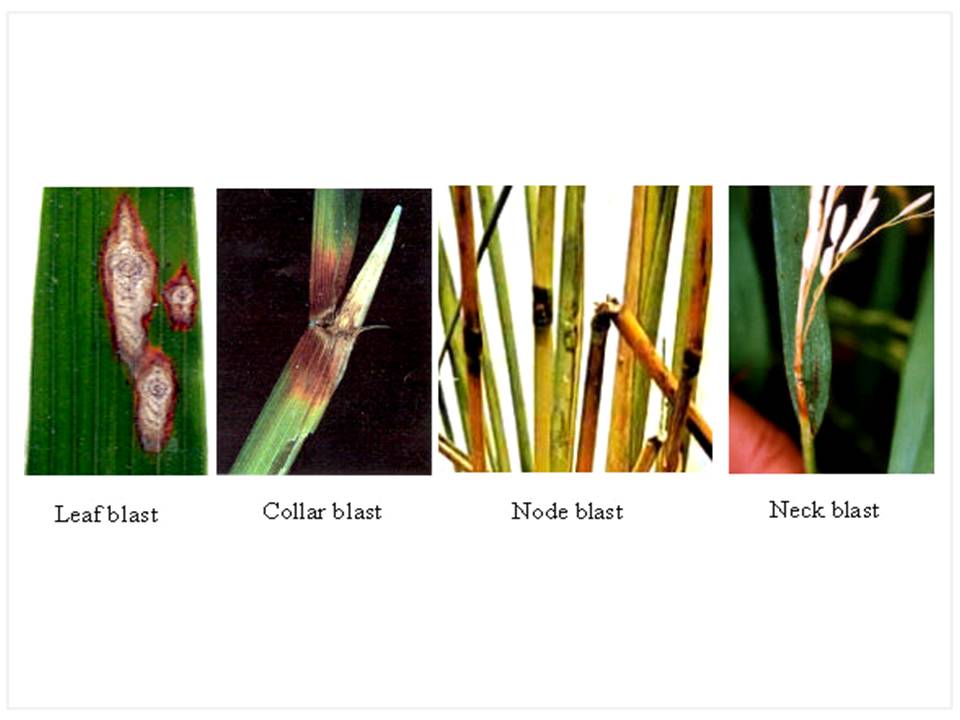Title
Rice Blast Biology and Reaction of Host to the Disease
Authors
Zelalem Zewdu
Ethiopian Institute of Agricultural Research, Fogera National Rice Research and Training Center, P.O.Box 1937, Bahir Dar, Ethiopia.
*Corresponding author E-mail address: zelalemsafe@gmail.com
Article History
Publication details: Received: 10th August 2021; Revised: 21st September 2021; Accepted: 21st September 2021; Published: 13th October 2021
Cite this article
Zelalem Zewdu. Rice Blast Biology and Reaction of Host to the Disease. Green Rep., 2021, 2(6), 6-11.

Abstract
Rice blast (Magnaporthe grisea) is first reported in China and then in Africa in 1922. The disease is now the most widespread and devastating rice disease in all rice producing areas of the world. The disease can cause from mild yield reduction to total crop loss as depends on the variety and severity level. The rice blast isolate is closely related to the isolate of other blast like fungus and distinctly described as Magnaporthe grisea. Rice blast fungus starts the infection cycle after a three-celled conidium lands on the rice leaf surface. Thousands of spores can be produced from a single lesion within 15 days after infection. Symptoms on leaves start as small brown necrotic lesions that evolve to larger elliptical or spindle-shaped lesions, colored whitish to grey with darker borders while infected seeds display brown spots, which may result from the infection of the florets as they matured into seeds. The rice blast needs at least a 12-hour period of moderate temperatures (25 to 30°C), high relative humidity (90-92%), and high moisture which are conducive for its development. The disease can be managed by using resistant varieties, using integrated disease management options and nutrient managements like application of recommended nitrogen fertilizers and application of silicon fertilizers. The rice plant respond differently for reducing the occurrence and damage of the disease either fungus is incapable causing sporulating lesions on the plant or the plant develop residual resistance that remains when complete resistance has been overcome by the pathogen.
Keywords
Rice; Blast; Magnaporthe grisea; Host Reaction